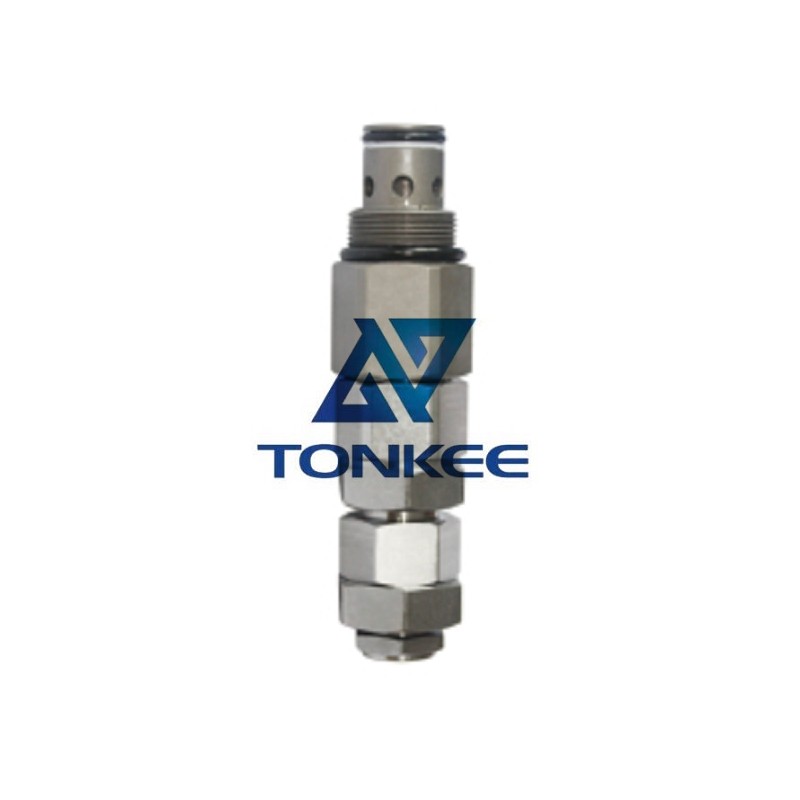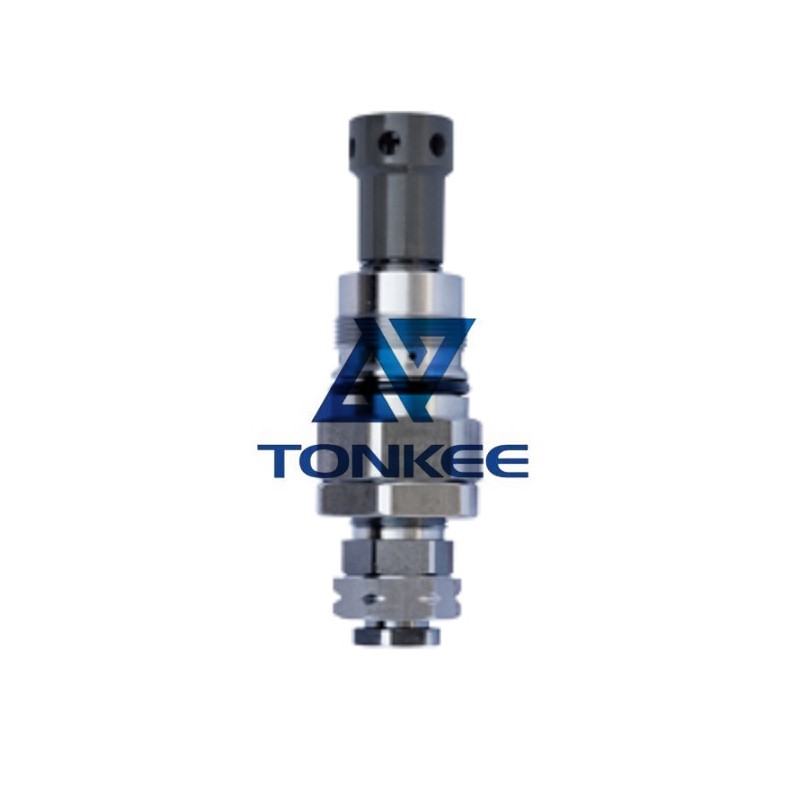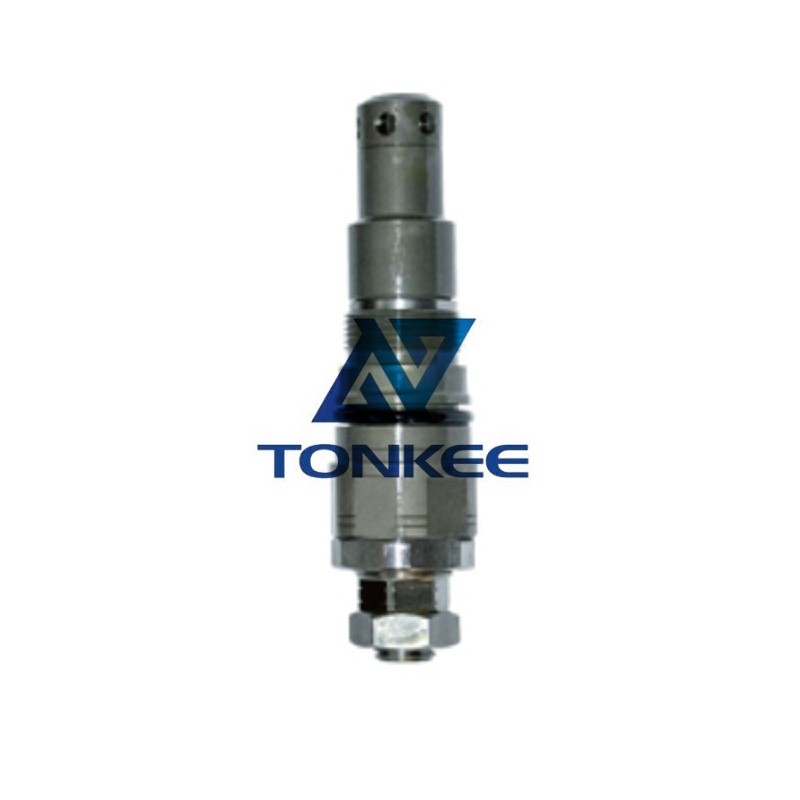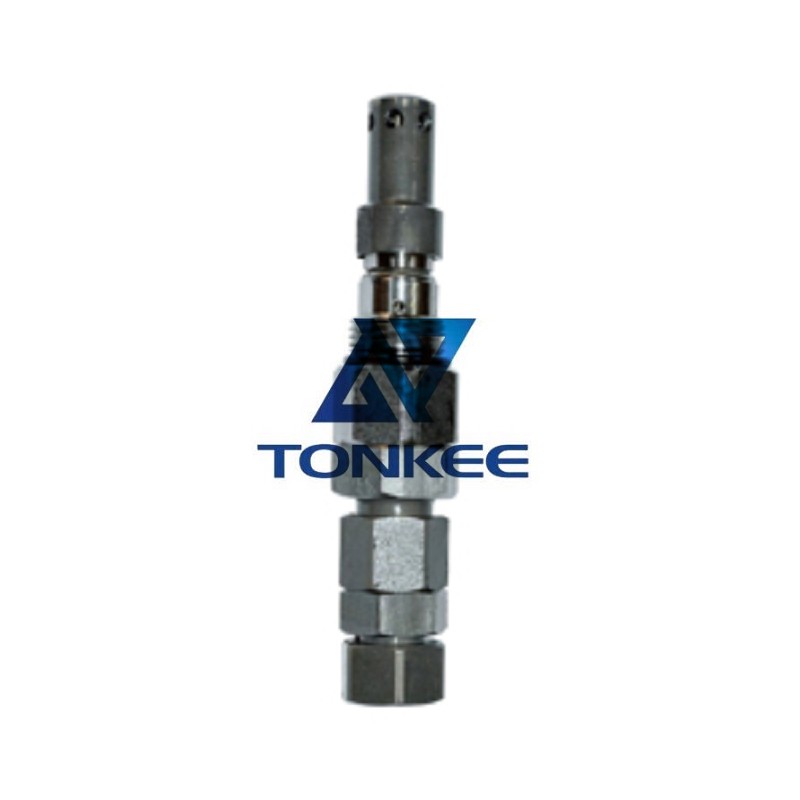
The Main Relief Valve is responsible for regulating the pressure in the hydraulic system of the EC210B excavator.
It is designed to open when the pressure exceeds a predetermined limit, allowing the excess hydraulic fluid to flow back to the hydraulic reservoir, thus relieving the system's pressure. By doing so, the Main Relief Valve protects the hydraulic system from overpressure situations that could potentially cause damage to the equipment.
The Main Relief Valve for the EC210B is engineered to withstand high-pressure conditions. It is built with durable materials, such as stainless steel or hardened steel, to ensure its reliability and longevity. The valve body is precisely machined to provide tight sealing and prevent any leakage that could compromise the system's performance. The valve is also designed to resist corrosion and wear, ensuring consistent operation even in challenging working environments.
The Main Relief Valve is equipped with a pressure adjustment mechanism. This feature allows the operator or technician to set the desired pressure threshold for the valve to open. By adjusting the pressure setting, the valve can be calibrated to match the specific requirements of the excavator's hydraulic system. This flexibility ensures optimal performance and efficiency in various operating conditions.
Another notable feature of the Main Relief Valve is its responsiveness.
When the pressure reaches the predetermined threshold, the valve opens rapidly, allowing the excess hydraulic fluid to escape. This quick response time ensures that the pressure spike is promptly alleviated, preventing any potential damage to the hydraulic system. Additionally, the valve is designed to close tightly after the pressure normalizes, ensuring that the hydraulic system remains pressurized during operation.
The Main Relief Valve is integrated into the overall hydraulic system of the EC210B excavator. It is typically positioned near the hydraulic pump or control valve assembly to regulate the pressure in the system effectively. The valve is connected to the hydraulic lines through fittings or connectors, allowing hydraulic fluid to flow through it. Careful attention must be given to proper installation and maintenance to ensure the valve's optimal performance.





 English
English português
português Русский язык
Русский язык












